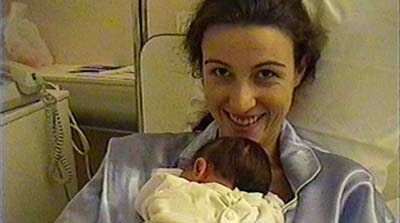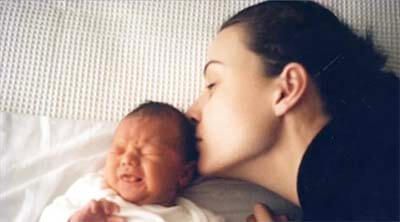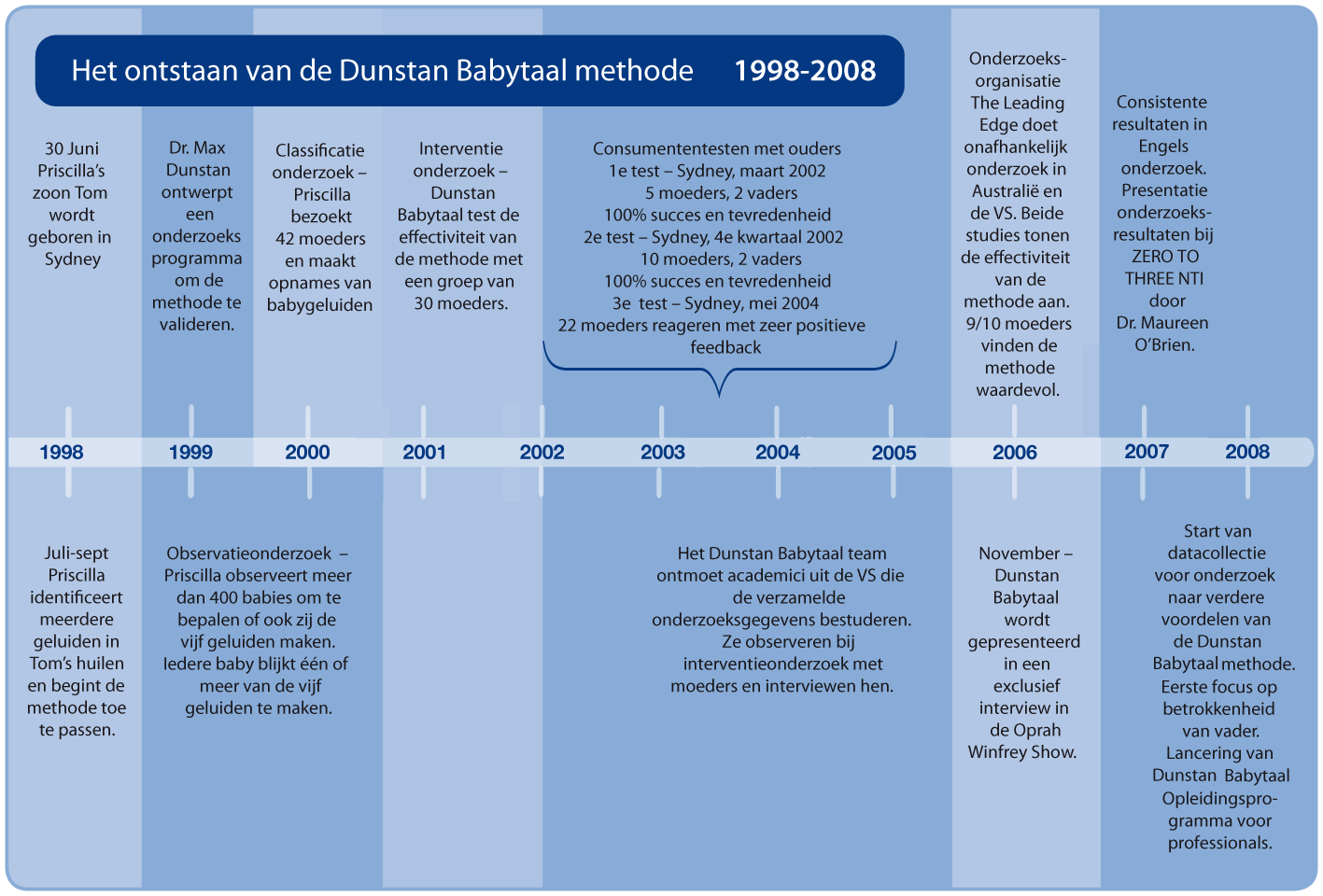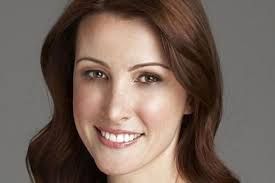Priscilla Dunstan Australian Priscilla Dunstan could hear a Mozart piece once and play it on her violin at the age of five. Her father, director of the educational research center at the University of New South Wales, discovered that his daughter had a "photographic memory" for sound. In her teens, Priscilla toured Europe and Australia as a talented concert violinist. She then spent more than a decade in the world of opera as a mezzo-soprano.
The Dunstan Baby Language Story
In 1998, Priscilla became the mother of son Tom. Thanks to her exceptional hearing, Priscilla discovered that her son Tom's cries weren't just random sounds. She kept a diary of the different combinations of sounds and noticed that each sound was connected to a specific need. By recognizing the sound, she knew what she could do to soothe him.


Research
Following her own experiences with Tom, Priscilla's theory was tested on over a thousand babies from more than thirty nationalities. Observations and tests were conducted for nine years, supplemented by three major international studies. All three studies confirmed the existence of universal reflex sounds.
Since 1998, Dunstan Baby Language has been thoroughly researched. This involved more than a thousand babies and their parents from seven different countries representing over thirty different nationalities. The research was conducted in Australia, the United States, and the United Kingdom in 2006 and 2007. Research continues in the Netherlands as well. For example, a study was completed at the University of Amsterdam in the summer of 2024. This study focused on whether, and if so, what effect, using the method has on mothers.
Research results
1.
Baby cries less and is satisfied more quickly
2.
Parents experience less stress
3.
Parents have more self-confidence
4.
The situation is under control more quickly
5.
Better parent-child relationship
6.
Better relationship between parents
7.
Better nutritional results
8.
Less interrupted sleep for baby (and parents)







